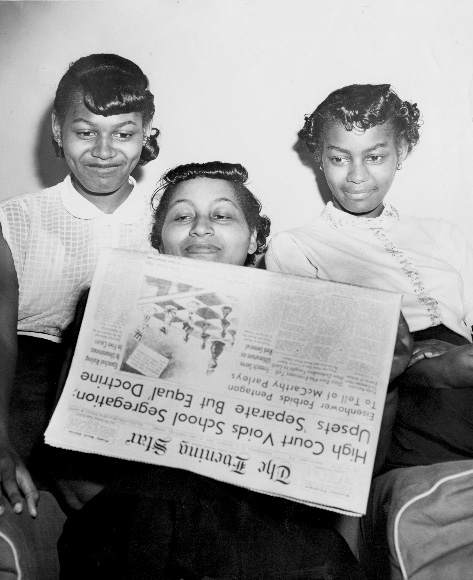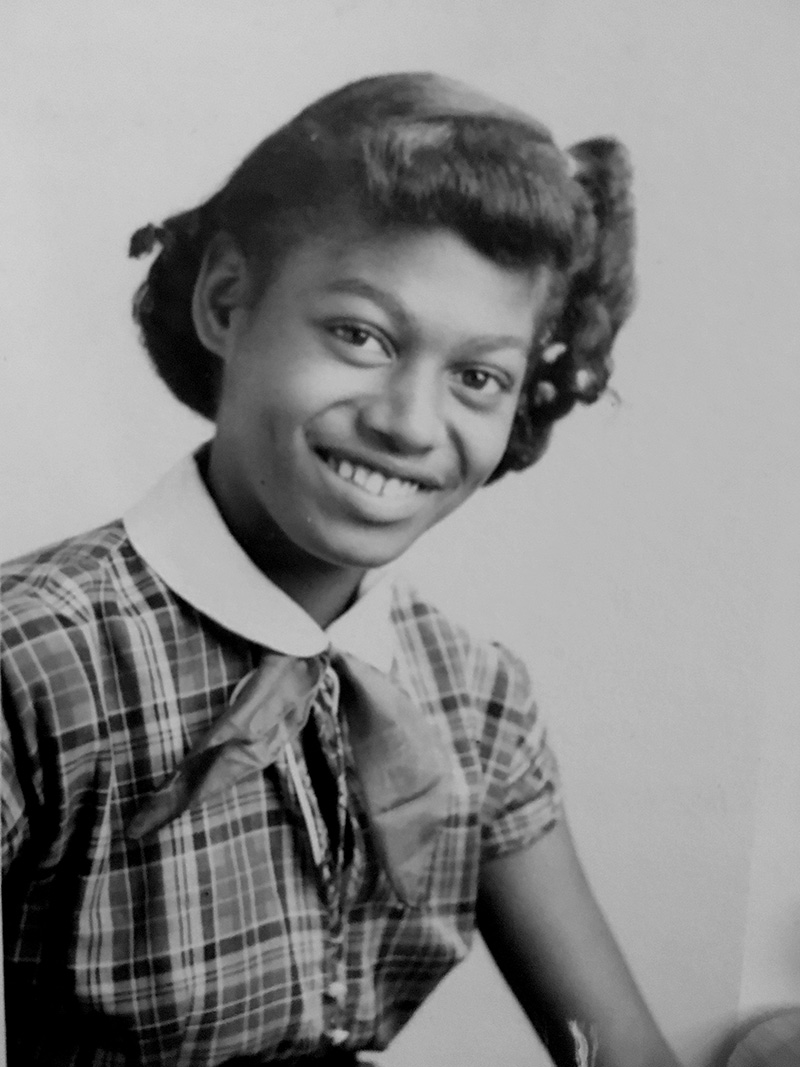In 1950, Gardner Bishop led a group of 11 African American children to and demanded their enrollment in the city’s newly constructed John Philip Sousa Junior High School for white students.
The school was a large modern building, boasting multiple basketball courts and spacious classrooms. His request was denied, despite the school having several empty classrooms.
For three years prior, Bishop had been organizing parents to act against poor school conditions for their children. After his unsuccessful attempt at Sousa High, he approached attorney Charles Houston on the parents’ and students’ behalf. The idea was to request a facility equal to that of Sousa High be constructed for their children.
While preparing the Bolling case in 1950, Charles Hamilton Houston suffered a heart attack. As a result, he asked colleague and friend James Nabrit, Jr. to lead the case in his stead. Instead of making the case against inferior school facilities, Nebrit made the risky move of making a case against segregation itself. Bolling v. Sharpe was filed in U.S. district court in 1951, named for Spottswood Thomas Bolling, one of the children who accompanied Gardner Bishop to Sousa High. The U.S. district court dismissed the case on the basis of a previous ruling that deemed segregated schools constitutional in the District of Columbia.
Nabrit was awaiting a hearing on an appeal when the U.S. Supreme Court notified him of its interest in considering his case alongside four other pending segregation cases. The Supreme Court handed down an independent opinion on Bolling v. Sharpe based on the Fifth Amendment, as the 14th Amendement was inapplicable in the District of Columbia.


